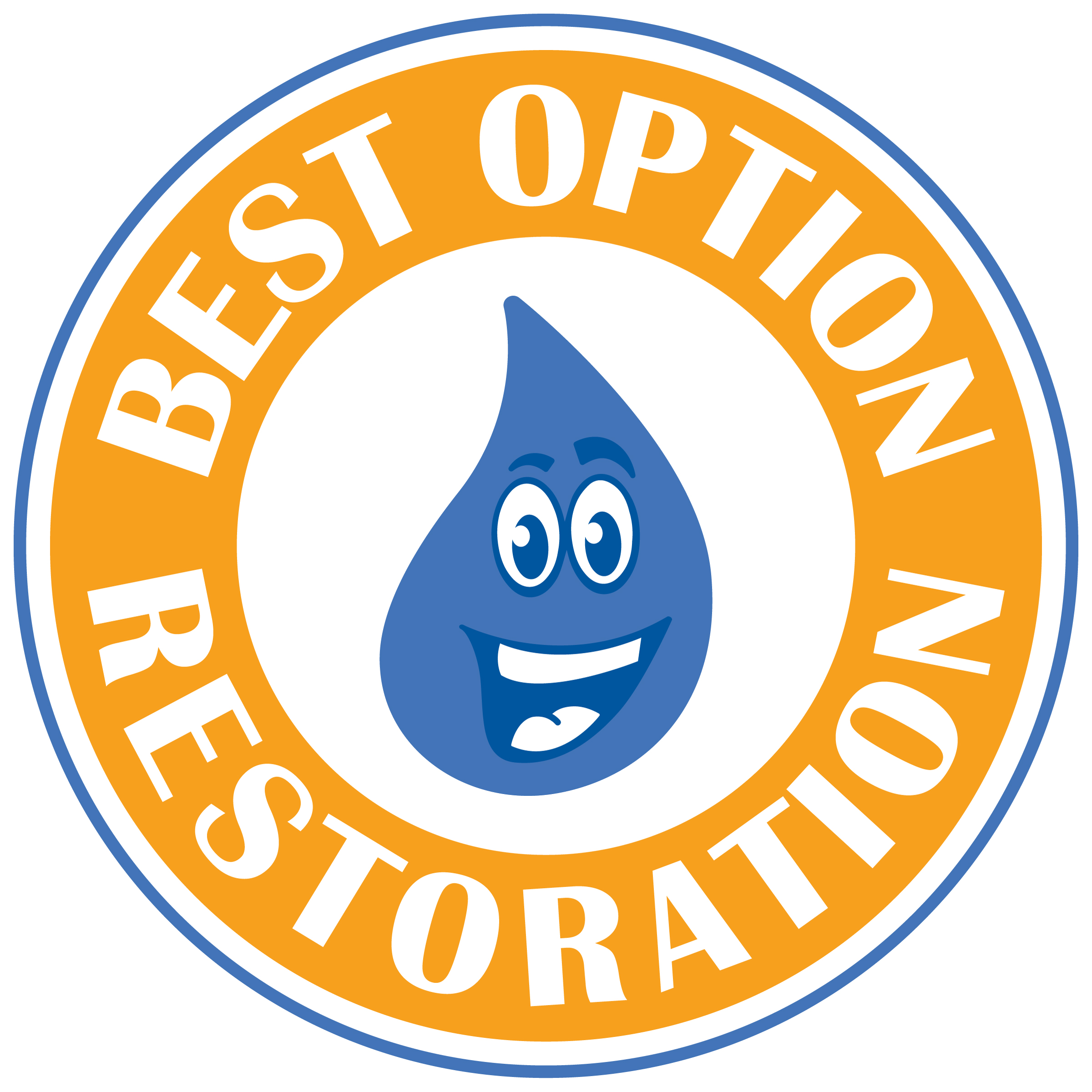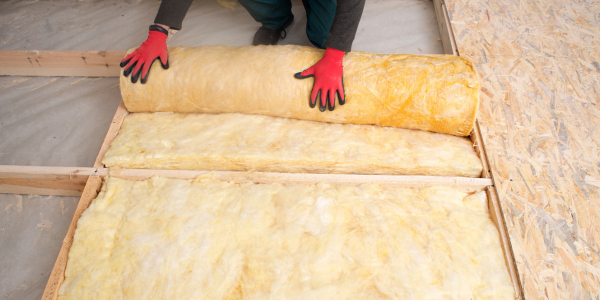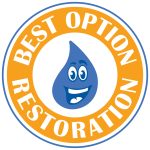Water damage is one of the most common and expensive issues homeowners face, yet it’s often treated reactively. Instead of waiting until mold, mildew, or structural deterioration begins, consider the preventative power of insulation. This article focuses on how proper insulation helps prevent structural water damage before it starts. From moisture-resistant materials to how insulation can stop condensation and leaks from wreaking havoc, we’ll take a look at the features that protect your home inside and out.
The overlooked role of insulation in moisture control
Most homeowners associate insulation with keeping rooms warm during winter or cool during summer. While thermal control is its main function, insulation also influences how moisture behaves within walls, ceilings, and other structural elements. If insulation is either lacking or made with absorbent materials, moisture can gather from indoor humidity, roof leaks, or poorly sealed areas. That moisture can seep into wooden framework, drywall, and flooring, leading to rot, mold, and expensive repairs.
Condensation is another hidden hazard. When warm indoor air meets cold surfaces without proper insulation in between, water droplets can form. These droplets can travel invisibly into walls or ceilings, allowing damage to build quietly over time. Insulation acts as a barrier to reduce temperature differences between spaces, which helps limit this hidden moisture buildup.
How insulation can prevent water intrusion
Water doesn’t always enter through broken pipes or storm damage. In many homes, it enters slowly through cracks or poorly insulated areas that allow humid air to condense or rainwater to wick into framing. Structural insulation works to stop these problems from gaining a foothold. Depending on the material, insulation can repel water, resist absorption, and even dry quickly if dampened briefly.
Some insulation materials are hydrophobic, meaning they actively resist absorbing moisture. This is especially useful in regions with high rainfall or homes with basements built below the water table. The goal is to reduce the possibility of moisture living inside structural materials for long periods. Wet insulation can lose its effectiveness, sag, or even create the perfect breeding ground for black mold.
Types of water-resistant insulation materials
Several insulation options can support better moisture management. Not all products perform the same, so making informed choices is essential. Below are examples of materials well-suited to reduce water damage risks:
Closed-cell spray foam: This highly dense insulation forms an airtight, waterproof seal. It doesn’t absorb moisture and even reinforces existing structures. It’s ideal for sealing around windows, attics, crawlspaces, and basements.
Rigid foam board (XPS or polyiso): These boards are resistant to water penetration and are widely used below grade or behind siding. They don’t lose shape or efficiency even in contact with moisture.
Mineral wool (stone wool): Unlike fiberglass, mineral wool retains its structure when wet and resists mold growth. It’s denser than traditional batts and has both fire-resistive and hydrophobic properties.
Foil-faced insulation: These options include a reflective surface that helps act as a vapor barrier. Used in roofing systems or under flooring, they reduce both moisture movement and radiant heat loss.
Why fiberglass alone may not be enough
Fiberglass insulation dominates most residential properties due to its cost and simplicity of installation. However, it absorbs water easily and loses insulating ability when wet. If left undetected, damp fiberglass can also become heavy and sag, pulling away from surfaces and leaving gaps for air and moisture to travel through.
In houses with older or poorly maintained fiberglass insulation, long-term exposure to slight roof leaks, attic humidity, or pipe sweating can result in mold growth that stays hidden behind walls. Replacing old fiberglass with water-resistant materials can reduce ongoing maintenance issues and create a more moisture-managed space over time.
Insulation in basements and crawlspaces
These ground-adjacent areas are at particularly high risk for water intrusion. Without moisture-friendly insulation, water can pool in wall cavities, behind vapor barriers, or even inside subflooring. Materials exposed directly to soil or concrete should not only insulate but also prevent absorption. Spray foam or foam boards work best in these conditions, offering good thermal performance without drawing in groundwater vapor.
Improperly insulated crawlspaces may contribute to a rise in indoor humidity levels. This humidity leads to condensate forming around ductwork, under flooring, or behind baseboards. Even small pockets of trapped moisture in these areas can weaken joists, flooring, and load-bearing beams if left unchecked.
The importance of vapor barriers
Insulation always works better when paired with an appropriate moisture control layer. Vapor barriers help prevent water vapor from transferring through walls and ceilings. These can be built into some insulation products (like faced batts) or installed separately as sheets on the warm side of wall systems. Their role is to limit water movement from interior air into wall cavities where it can cool and condense out.
Builders in humid climates or those with seasonal changes in humidity must be especially careful. In winter, vapor flows from inside to outside. In summer, especially with air conditioning, it flows inward. Using both insulation and vapor barriers suited to your climate ensures walls and ceilings won’t trap moisture in wrong places during seasonal reversals.
Signs your home may need better insulation
Many water damage scenarios begin due to insulation aging out or being poorly installed. Signs it may not be doing its job include cold drafts, rooms that never seem to get comfortable, higher than normal energy bills, or visible mold near baseboards and window frames. If you’ve dealt with burst pipes or past roof leaks, the existing insulation may already be damaged. Replacing damaged insulation with structural insulation options that offer better moisture protection can be both preventative and cost-saving.
It’s best to check areas with a history of humidity or water issues. These include attics, basements, kitchens, bathrooms, and areas near HVAC units. Even toiletries or steamy showers can contribute to long-term buildup in wall cavities or behind tile where condensation can settle invisibly. Locating damp spaces and resolving the insulation problem allows you to avoid future major repairs.
How insulation protects structural elements
When insulation resists moisture entry or saturation, it contributes not only to temperature regulation but also to the preservation of studs, drywall, and flooring. In framing cavities where insulation actively resists or drains moisture, there’s less chance for wood rot or rusting fasteners. Over time, this adds up to fewer structural shifts like sagging walls or uneven flooring.
Homes with long-term water exposure at the framing level often show signs years before a homeowner realizes the source. Wall bubbling, window trim discoloration, or spongy flooring can all stem from water interacting with structural supports behind the scenes. Insulation that helps manage or eliminate excess water keeps the internal bones of a home stronger for longer.
Cost savings over the long run
Investing in high-performing insulation that doubles as moisture control can reduce heating and cooling costs significantly. But the real benefit shows up in the form of delayed repairs. When you prevent water damage, there’s no need to replace damaged drywall, repaint, refinish hardwoods, or replace compromised structural beams. Insurance claims may also be less likely to be denied when preventative measures such as insulation upgrades have been taken.
The payoff is also psychological. Homeowners with properly sealed, insulated spaces report better indoor air quality, fewer allergies caused by mold spores, and improved peace of mind during storm seasons. The upfront cost of choosing moisture-resistant insulation is often recovered within a few years when fewer repairs are required and energy bills begin to stabilize.
Structural insulation in modern construction
New constructions today often use structural insulated panels (SIPs) that sandwich insulation between two rigid boards. These systems include many moisture-resistant materials from the start and help keeps future water damage at bay. For existing homes, it’s possible to retrofit some insulation types without opening entire walls. Spray foam can be injected, mineral wool can be swapped with old fiberglass, and crawlspace liners can add protection beneath living areas.
Builders and remodelers who prioritize insulation during design give homeowners better tools for long-term moisture control. Whether it’s a custom home project or an attic conversion, making insulation a foundation of defensive strategy against water damage strengthens the entire envelope of the home from day one.
What to expect from a moisture-focused insulation upgrade
If you’re considering improving your insulation to prevent structural water damage, focus on three key points. First, assess your risk zones: attics, crawlspaces, basements, kitchens, and bathrooms. Second, choose materials designed to resist water while maintaining thermal performance. Third, pair insulation with vapor management strategies such as sealed barriers where needed.
Professional installers can carry out infrared or moisture testing to locate problem areas where insulation may be missing or compromised. These inspections often uncover condensation patterns or small leaks most people wouldn’t notice until damage becomes visible. Improving structural insulation with these insights minimizes future surprises behind drywall or under floors.
Insulation as a core part of water management
By using high quality materials that resist moisture absorption, insulation becomes more than just a means to control heat. It becomes a long-term strategy against rot, mold, and decay. Homes that maintain dry wall cavities and sealed attic spaces not only perform better but also stand stronger over time. Prevention begins with the right material choices and sound installation practices, making insulation one of the most underrated defenses against structural water damage.


